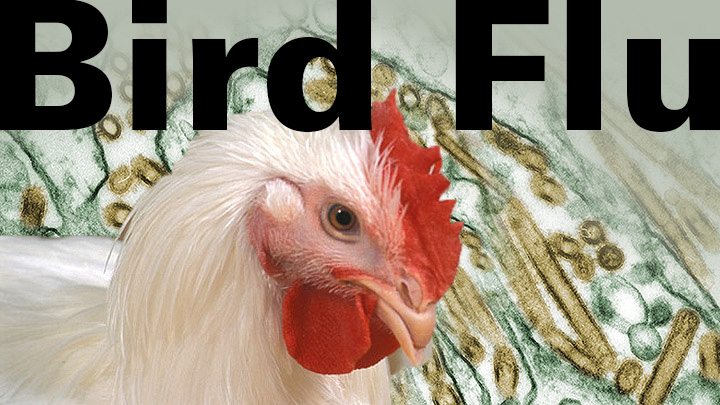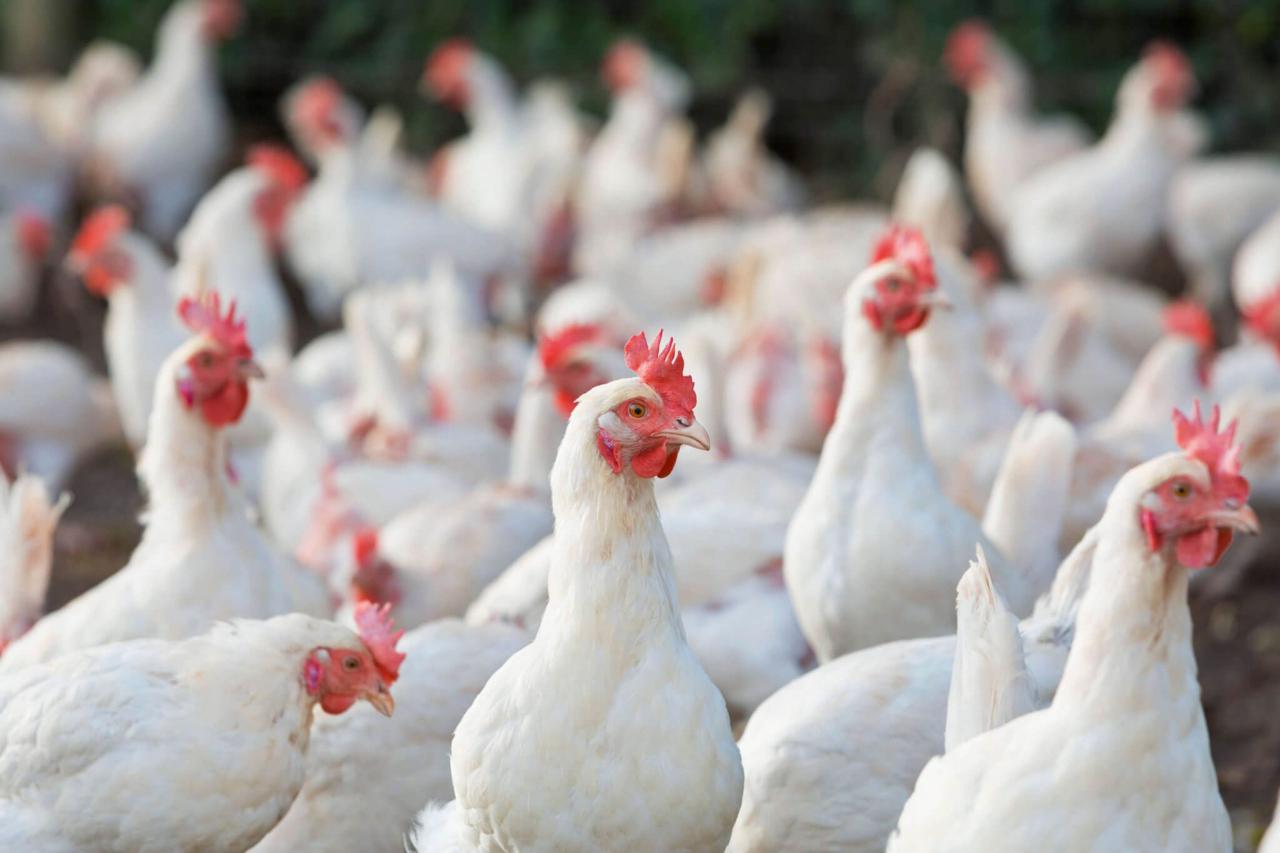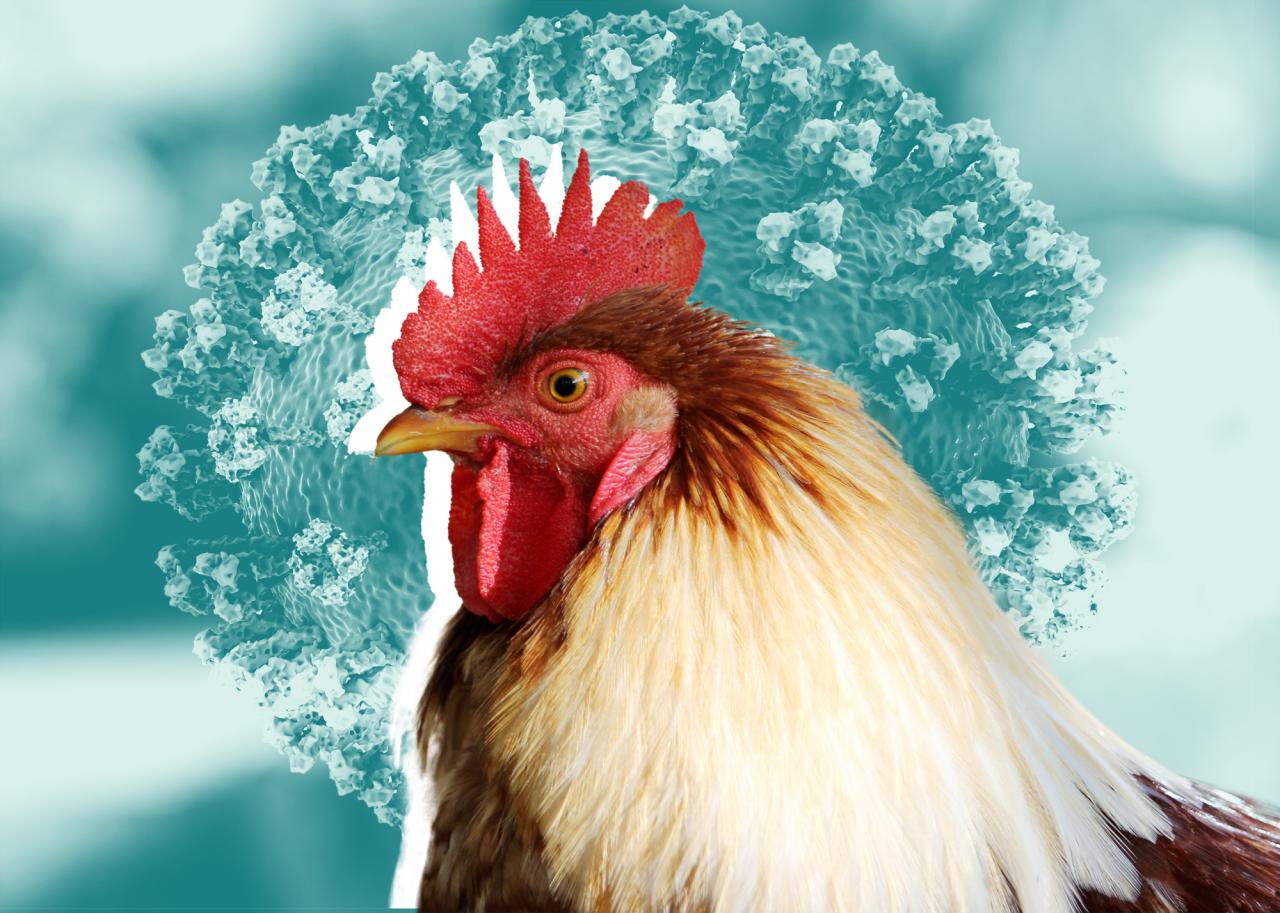
Bird flu milk, a term coined to describe the potential transmission of avian influenza virus through milk consumption, has sparked concerns among public health officials. As the virus continues to circulate in poultry populations worldwide, understanding the risks and preventive measures associated with bird flu milk is crucial.
Bird flu, also known as avian influenza, is a highly contagious viral infection that primarily affects birds. However, in rare cases, it can spread to humans through direct contact with infected birds or their bodily fluids. While there is no evidence to suggest that bird flu can be transmitted through milk consumption, the potential for cross-contamination during milk production raises concerns.
Transmission of Bird Flu to Humans

Bird flu, also known as avian influenza, is a highly contagious viral infection that can spread from birds to humans. The virus can be transmitted through contact with infected birds or their bodily fluids, such as feces, saliva, or nasal secretions.
In the past, bird flu has spread to humans through various means, including:
- Direct contact with infected birds or their bodily fluids
- Exposure to contaminated surfaces or objects
- Consuming undercooked poultry or eggs from infected birds
The risk of bird flu transmission to humans is generally low, but it can increase during outbreaks in poultry populations. People who work with birds or live in areas with high bird populations are at a higher risk of exposure.
Symptoms of Bird Flu in Humans: Bird Flu Milk

The symptoms of bird flu in humans can vary depending on the severity of the infection. Mild cases may only cause mild respiratory symptoms, such as:
- Fever
- Cough
- Sore throat
- Runny nose
More severe cases can lead to pneumonia, respiratory failure, and even death. Bird flu symptoms can be similar to those of other respiratory illnesses, making it important to seek medical attention if you have symptoms and have been exposed to birds or poultry.
Diagnosis and Treatment of Bird Flu in Humans

Bird flu is diagnosed through laboratory testing of respiratory samples, such as nasal swabs or sputum. Treatment options for bird flu include antiviral medications, such as oseltamivir (Tamiflu) and zanamivir (Relenza).
Antiviral medications can be effective in reducing the severity and duration of bird flu symptoms, but they must be started early in the course of the infection. In severe cases, hospitalization and intensive care may be necessary.
Prevention of Bird Flu in Humans

There are several ways to prevent bird flu infection in humans, including:
- Avoiding contact with infected birds or their bodily fluids
- Practicing good hygiene, such as washing hands frequently and avoiding touching your face
- Cooking poultry and eggs thoroughly before eating them
- Avoiding travel to areas where bird flu outbreaks are occurring
People who work with birds or live in areas with high bird populations should take extra precautions to prevent exposure to bird flu, such as wearing protective clothing and respirators.
Impact of Bird Flu on the Poultry Industry
Bird flu can have a significant impact on the poultry industry. Outbreaks of bird flu can lead to the culling of large numbers of birds, resulting in economic losses for poultry farmers.
In addition, bird flu can disrupt trade in poultry and poultry products, as countries may impose restrictions on the import of poultry from areas where outbreaks are occurring.
Public Health Concerns about Bird Flu
Bird flu is a public health concern because it has the potential to cause a pandemic. The virus can mutate and become more easily transmissible to humans, leading to a widespread outbreak.
There are ongoing efforts to prevent a bird flu pandemic, including surveillance of bird populations, vaccination of poultry, and development of new antiviral medications.
Final Summary
In conclusion, bird flu milk remains a topic of ongoing research and monitoring. While the risk of transmission through milk consumption is considered low, it is essential to maintain good hygiene practices, avoid contact with infected birds, and follow public health guidelines to minimize the potential for exposure to avian influenza virus.





